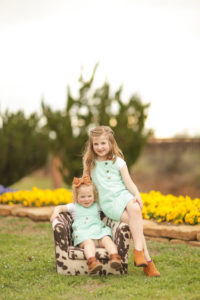The headlines are scary.
The stories are heartbreaking.
And while there’s a lot to worry about when it comes to the COVID-19-related packing plant closures — from the impact on the cattle markets to what that means for those communities and workers — beef safety isn’t one of them.
According to the Food and Drug Administration, there is no evidence of food or food packaging being associated with transmission of COVID-19:
Unlike foodborne gastrointestinal viruses like norovirus and hepatitis A that often make people ill through contaminated food, SARS-CoV-2, which causes COVID-19, is a virus that causes respiratory illness. Foodborne exposure to this virus is not known to be a route of transmission.
The virus is thought to spread mainly from person-to-person. This includes between people who are in close contact with one another (within about 6 feet), and through respiratory droplets produced when an infected person coughs or sneezes. These droplets can land in the mouths or noses of people who are nearby or possibly be inhaled into the lungs. It may be possible that a person can get COVID-19 by touching a surface or object that has the virus on it and then touching their mouth, nose, or possibly their eyes, but this is not thought to be the main way the virus spreads.
That being said, there are things you can do at home — and should be doing anyway — to make sure the food you’re serving your family is as safe as possible.

When storing beef
- Refrigerate or freeze beef as soon as possible after purchasing.
- Ground beef can safely be stored in the refrigerator for one to two days before cooking or freezing. Once in the freezer, ground beef can be stored for three to four months before quality is impacted.
- Steaks and roasts can safely be stored in the refrigerator for three to five days before cooking or freezing. Once in the freezer, steaks and roasts can be stored for four to 12 months before quality is impacted.
- If you plan on freezing, repackage your beef into the right-size portion for upcoming meals.
- For longer storage, remove beef from original packaging and place into freezer bags or similar air-tight packaging to remove as much air as possible.
- Never defrost beef at room temperature.
When handling beef
- Wash hands well in hot, soapy water before and after handling raw meat and other fresh foods.
- Keep raw meat and juices away from other foods.
- Wash all utensils, cutting surfaces and counters after contact with raw meat.
When preparing beef
- Always use a meat thermometer.
- Ground beef should be cooked to an internal temperature of 160°F.
- Steaks and roasts should be cooked to an internal temperature of 145°F.
- Don’t forget to refrigerate leftovers within two hours after cooking.
I get the concern. I’m a mom of two young beef lovers. But I can also tell you I feel confident in the research and want you to as well. Whether your beef comes from the meat case at a major retailer, a mom-and-pop butcher shop or direct from the ranch (I have some from all of these places in my own freezer!), you can feel good about feeding it to your family.
-Katrina
Katrina Huffstutler is the executive director of communications for Texas and Southwestern Cattle Raisers Association.
